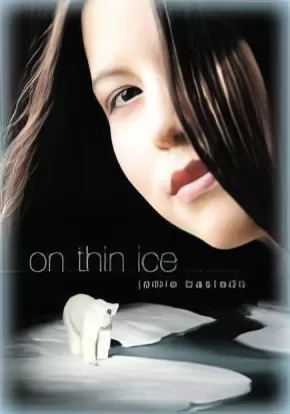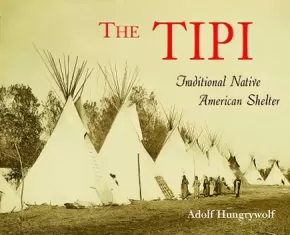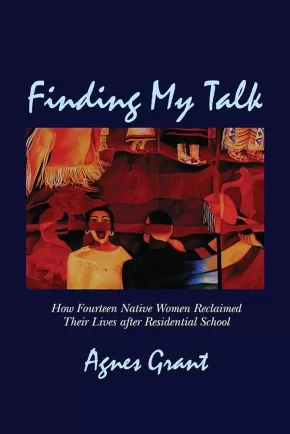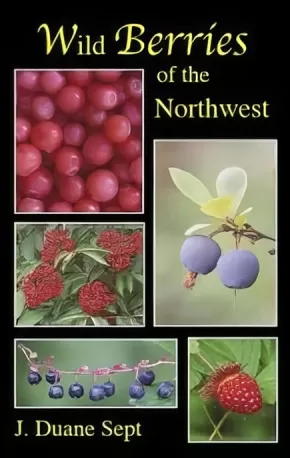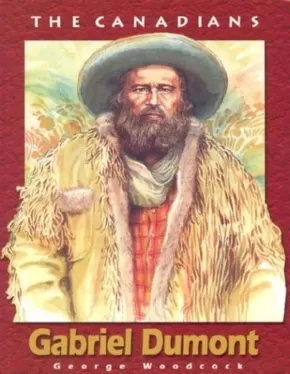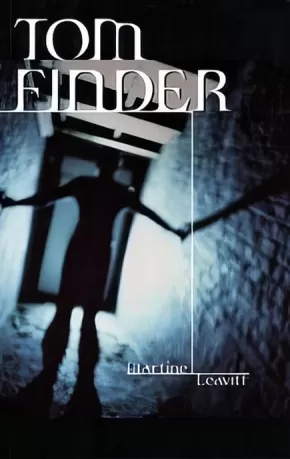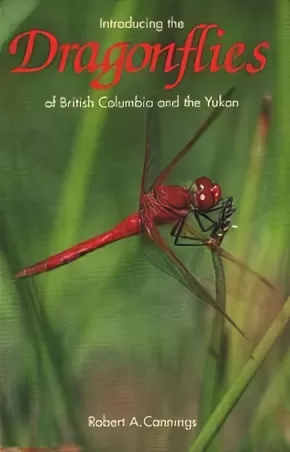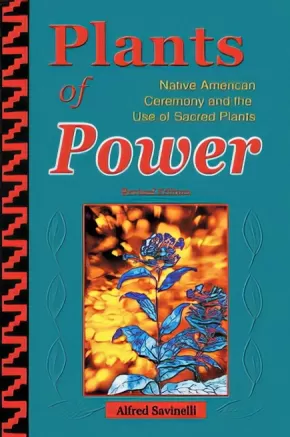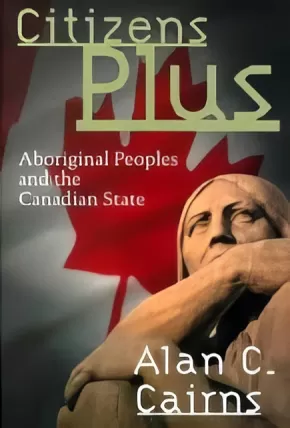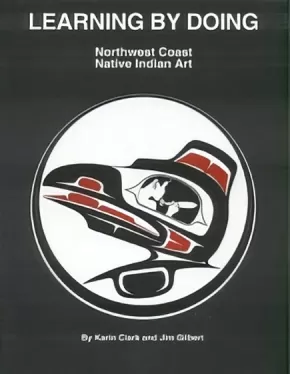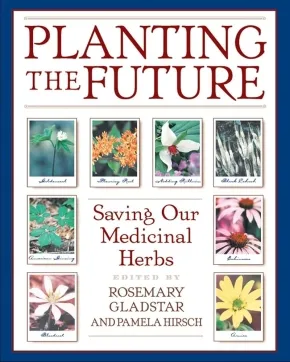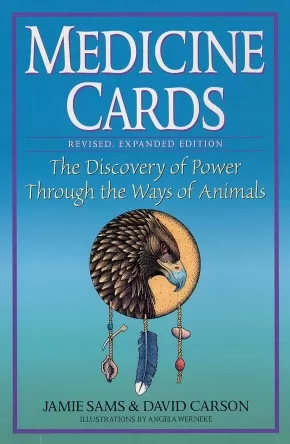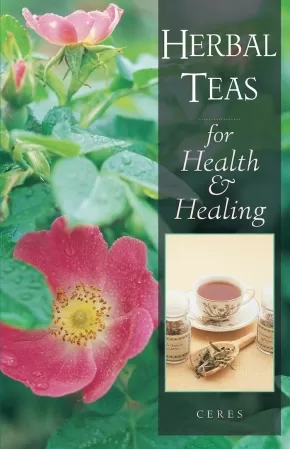ON SALE
Sale applies to IN-STOCK books only - quantities are provided in the book's title when possible.
Synopsis:
Ashley Anowiak is in search of a murderous polar bear that may be real or mythical. The only thing for certain is that what she discovers will change her life - and her community's - forever.
In spite of its name, no one in the tiny troubled hamlet of Nanurtalik "the place with polar bears" can remember seeing a polar bear in decades. But when a teenager's dismembered body is discovered on a nearby ice road, everyone fears polar bears have returned. The community is thrown into chaos as another suspected bear attack sparks a flury of bullets that whiz through the town during a blinding four-day blizzard. Was it a real or phantom bear? No one can say for sure.
Ashley Anowiak is swept into this storm of confusion by her special link with polar bears expressed through the magic of her art and the terror of her dreams. She finds herself on the trail of Nanurluk, a giant bear that has haunted her people for thousands of years.
Ashley's bear hunt leads from the frozen catacombs beneath Itkiqtuqjuaq to the jumbled ice fields covering the Arctic Ocean. As she closes in on the bear, Ashley's inner and outer worlds are torn apart, leaving her desperate for any stability she can find.
This is the story of a gifted northern youth struggling to find her true home in a fast-changing arctic, where culture, climate and landscape seem to be crumbling all around her.
Visit the website Jamie set up focused on polar bears in a climate of change at www.onthinice.ca.
Reviews
"Traditional culture is also part of the book's charm, with several Inuktitut words adding local colour. A glossary is included at the end of the book." - CM Magazine
Synopsis:
This amazing collection of vintage photographs and historical text presents an overall view of tipi life, from the painted tipis of the Blackfoot and Shoshone in the Southwest to Ojibwa hunting lodges in Canada. Includes instructions on how to construct a tipi.
Additional Information
112 pages | 9.28" x 7.51"
Synopsis:
When residential schools opened in the 1830s, First Nations envisioned their own teachers, ministers, and interpreters. Instead, students were regularly forced to renounce their cultures and languages and some were subjected to degradations and abuses that left severe emotional scars for generations. In Finding My Talk, fourteen aboriginal women who attended residential schools, or were affected by them, reflect on their experiences. They describe their years in residential schools across Canada and how they overcame tremendous obstacles to become strong and independent members of aboriginal cultures and valuable members of Canadian society. Biographies include: Eleanor Brass, Journalist, Plains Cree, Saskatchewan, Rita Joe, Poet/Writer, Mi?kmaq, Nova Scotia, Alice French, Writer, Inuit, Northwest Territories Shirley Sterling, School Administrator/Storyteller, Nlakapmux, British Columbia, Doris Pratt, Education Administrator/Language Specialist, Dakota, Manitoba, Edith Dalla Costa, School Counsellor, Woodland Cree, Alberta, Sara Sabourin, Community Worker, Ojibway, Ontario. Dr. Agnes Grant worked with the Native Teacher Training programs at Brandon University, Manitoba, for thirty years. As an administrator and professor, she spent much of her time in remote communities. Dr. Grant is the author of No End of Grief: Indian Residential Schools in Canada and three other books. She lives in Winnipeg.
Authenticity Note: This book has received the Authentic Indigenous Text label because of the contributions of the fourteen Indigenous women who share their stories in it. It is up to readers to determine if this will work as an authentic text for their purposes.
Synopsis:
The Northwest is an area rich in vegetation, including many types of berries and other fruits. Not all of them are edible, and this guide will help you to distinguish those you can eat from those that are poisonous.
Synopsis:
Jack Rawlins, fifteen years old, is growing into manhood fast at Fort Carlton on the North Saskatchewan River. The son of an English war hero, he is equally at home in the fort and with his Métis friends in the countryside.
Just before the foolhardy confrontation between the government forces and Gabriel Dumont?s men at Duck Lake in the Riel Rebellion of 1885, Jack misinterprets a public action by his father and comes to believe he is a coward.
Will Jack fight with his friends the Métis and betray his own people?
Synopsis:
Born in St. Boniface in 1837 of French and Indian parentage, Gabriel Dumont's childhood was spent in the Saskatchewan country, where he grew accustomed to the semi-nomadic existence of the Métis. These were the proud days of the Métis nation, when its people roamed freely throughout the Prairies. The most stable social institution was the annual buffalo hunt with its rules. When Gabriel Dumont became head of the Great Saskatchewan Hunt in 1862 the end of the nomadic lifestyle was already in sight.
As the buffalo herds dwindled, the Métis began to form more permanent settlements, but were alarmed when their pleas for recognition of their land rights were ignored by Sir John A Macdonald's government. Dumont appealed to Louis Riel, leader of the Red River Rebellion.
Riel spoke up for the Saskatchewan Métis, but their petitions were ignored. In 1885, the Métis took up arms against the government forces. Dumont spurred the outnumbered rebels to several victories. After the Métis defeat, Dumont fled to the United States where he spent time with Buffalo Bill's Wild West Show until an amnesty was declared and he was able to return to his home.
Educator & Series Information
This book is part of The Canadians Series.
Recommended Ages: 10-13
Additional Information
64 pages | 6.50" x 8.50"
Synopsis:
This riveting story is about a fifteen-year old boy who, as the story opens, realizes he has no idea who he is-beyond his first name-or what has led to his loss of memory. From the outset, he's on the run, a street kid thrust out on his own, living by
his wits and involved in a quest to find another lost teenager whose First Nations father is desperate for news of his son. In the process, he learns to survive and begins to get a sense of his strengths and character.
Winner of the Benjamin Franklin Award in the category of Juvenile-Young Adult Fiction!
Winner of the Mr. Christie's Book Award!
Shortlist for the 2004 Canadian Library Association Young Adult Canadian Book Award
Ontario Library Association's Golden Oak Award winner, 2005
Synopsis:
Birding and butterfly watching have been popular outdoor activities for decades. Now, dragonfly watching is catching on as a fascinating and enjoyable pursuit. Dragonflies are large, colourful insects with amazing and easily observed behaviour. Noted entomologist Dr Robert Cannings introduces students, naturalists and outdoor enthusiasts to the world of dragonflies. In this compact book, he shows readers where to find dragonflies and how to watch and study them in the field.
In the introduction, Dr Cannings outlines the natural history of these insects - their structure, life cycles, habitats and behaviour. Then he describes the 88 species known in British Columbia and the Yukon, noting habitat preferences and distribution. To make identification easy, each description has one or more colour photographs and comparisons with similar species.
Synopsis:
This comprehensive guide to the sacred plants traditionally used by Native Americans and other Indigenous peoples presents 14 significant plants, with information on their properties, growing conditions, and medicinal applications (incense cedar, red cedar, copal, juniper, lavender, mugwort, osha, pinon, white sage, desert sage, sweet grass, ceremonial tabacco, red willow bark and yerba santa). Descriptions of Native American ceremonies and rituals in which these plants play a central role are included.
Synopsis:
In Citizens Plus, Alan Cairns unravels the historical record to clarify the current impasse in negotiations between Aboriginal peoples and the state. He considers the assimilationist policy assumptions of the imperial era, examines more recent government initiatives, and analyzes the emergence of the nation-to-nation paradigm given massive support by the Royal Commission on Aboriginal Peoples. We are battered by contending visions, he argues – a revised assimilation policy that finds its support in the Canadian Alliance Party is countered by the nation-to-nation vision, which frames our future as coexisting solitudes. Citizens Plus stakes out a middle ground with its support for constitutional and institutional arrangements which will simultaneously recognize Aboriginal difference and reinforce a solidarity which binds us together in common citizenship. Selected as a BC Book for Everybody.
Synopsis:
Josh Watson is chosen to attend an elite hockey camp for the summer and rooms with Peter Kuiksak, a talented Native player from the Northwest Territories. He struggles with the rigors of camp, intensified because of his diabetes, which he is trying to hide so he won't receive special treatment. He begins to like and respect Peter, and his loyalties are tested when he learns that the star player, Kevin, and other boys are planning on intensifying their cruel hazing of him. Josh rises to the occasion, stopping the roughing and scoring big because he stands up for what he believes. Although the message is not subtle, the hockey action is nonstop and full of excitement. Readers of sports fiction, especially hockey fans, will love it. The dialogue is brisk, and although character development takes second place to the action-driven plot, the book fills a niche for libraries looking for offerings that combine sports and an issue with which kids deal.
Additional Information
136 pages | 5.00" x 7.75"
Synopsis:
This book contains step-by-step instructions and illustrations on the basics of drawing, designing, painting and carving in the Pacific Northwest Coast Native Indian art style.
Synopsis:
Voted one of the Top 10 books in 2000 by the Vermont Book Publishers Association.
A collective endeavor by United Plant Savers, featuring America's most respected and well-known herbalists.
Contributors include Don Babineau, Tim Blakley, Mark Blumenthal, Jane Bothwell, Stephen Harrod Buhner, David Bunting, Richo Cech, Tane Datta, Shatoiya and Rick de la Tour, Ryan Drum, Doug Elliott, Steven Foster, Cascade Anderson Geller, Kate Gilday, Rosemary Gladstar, James Green, Pamela Hirsch, Christopher Hobbs, Sara Katz, Kathi Keville, Robyn Klein, Richard Liebmann, Brigitte Mars, Pam Montgomery, Nancy and Michael Phillips, Janice J. Schofield, Joanne Marie Snow, Deb Soule, Paul Strauss, Gregory L. Tilford, Krista Thie, Susun S. Weed, David Winston, Martin Wall, Matthew Wood.
While the renaissance in the U.S. botanical market is positive in many respects, medicinal plant populations are suffering from loss of habitat and overharvesting, and many bestselling herbs are now at risk including echinacea, American ginseng, goldenseal, Hawaiian wild kava, and wild yam. The authors share their extensive experience with using and growing thirty-three of these popular herbs and include suggestions for creating your own private herbal sanctuary--whether a city balcony, suburban backyard, or rural retreat. Full-color photographs will inspire experienced and novice herb users alike to protect and cultivate these remarkable healing plants. Readers will also find out how to use herbal analogues for at-risk plants--other medicinal herbs that provide the same benefits and exist in plentiful amounts--and learn ways to make their herbal purchases a vote for sustainability. Planting the Future shows us how we can participate in the land stewardship, habitat protection, and eco-friendly consumption that will ensure an abundant, renewable supply of medicinal plants for future generations.
All author royalties will be used for replanting native medicinal herbs on a 370-acre botanical sanctuary in Ohio.
Synopsis:
Discover the tool that millions of people worldwide are using for guidance, inspiration, and help in finding answers to life's questions. now, revised and expanded to include eight additional cards, this unique and powerful divination system draws upon ancient wisdom and tradition to teach the healing medicine of animals. Medicine Cards has found its way into the hearts and hands of many, guiding the way to healing the body, emotions, mind, and spirit, and providing insight into and understanding of one's unique purpose in life.
A great resource to use with intermediate and secondary students! -Terri Mack
Reviews
“Since the publication of the Navaho novel, Seven Arrows, over twenty years ago, I haven't seen anything so adventurous or beautifully executed as Medicine Cards...this handsome and inviting package has much to teach us all.” —Patricia Holt, San Francisco Chronicle
“A potent yet refreshingly simple divination tool that can help up reconnect to the sources of life's natural guidance...extraordinarily well crafted. This work is plentiful, overflowing with the richness of the Native American way of life.” —Yoga Journal
Additional Information
256 pages | 5.77" x 8.84" | 62 black-and-white illustrations, cards include full color illustrations
Synopsis:
Herbal teas have their own characteristic virtues. Some are slightly stimulating, others are soothing and induce quiet sleep or act as tranquilizers. Many are tonics that can bring an "out-of-gear" system back to complete health. The author describes a wide range of tea-making herbs and gives instructions for their preparation and use.
New edition of the classic best-seller.
Additional Information
96 pages | 5.00" x 7.75"

